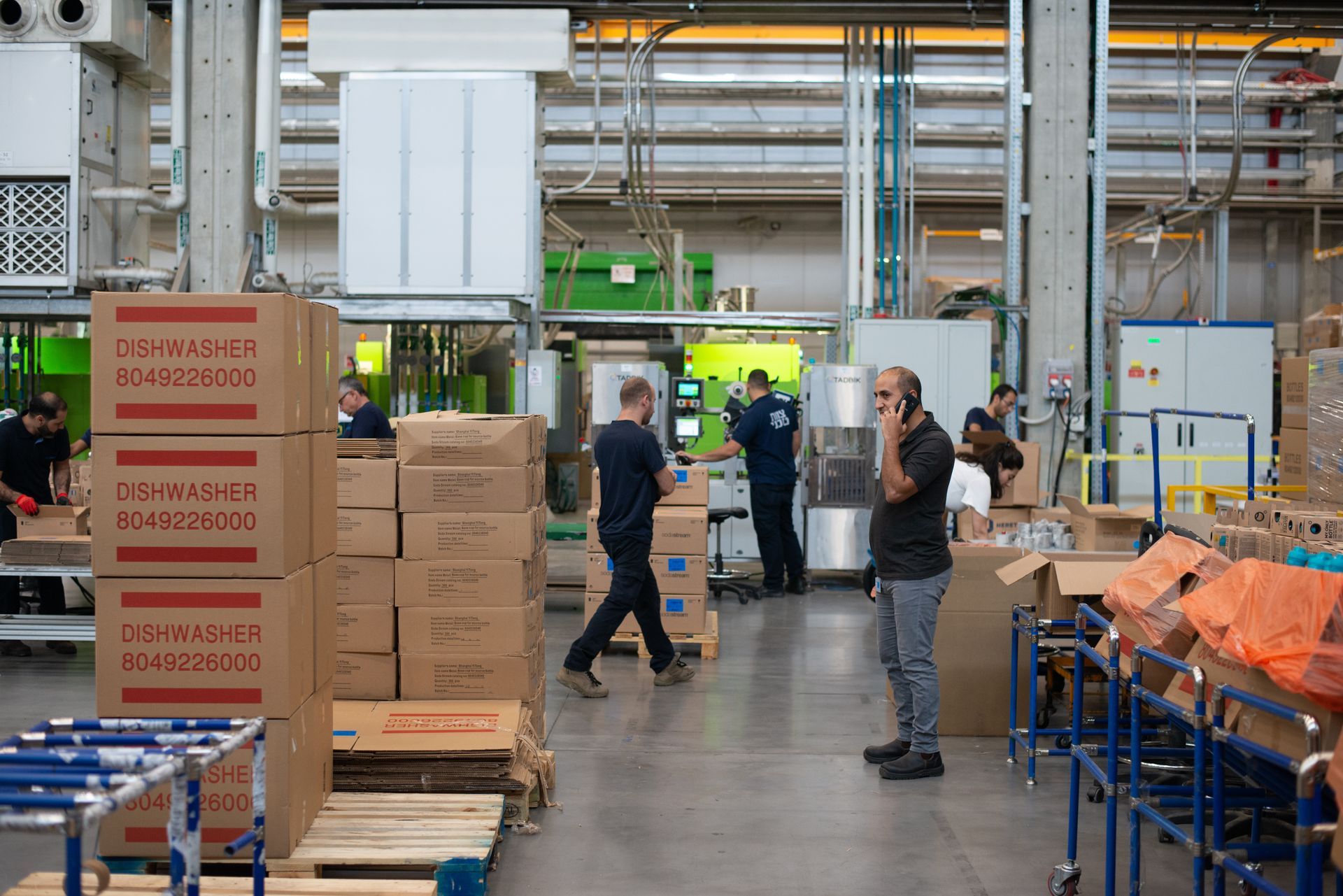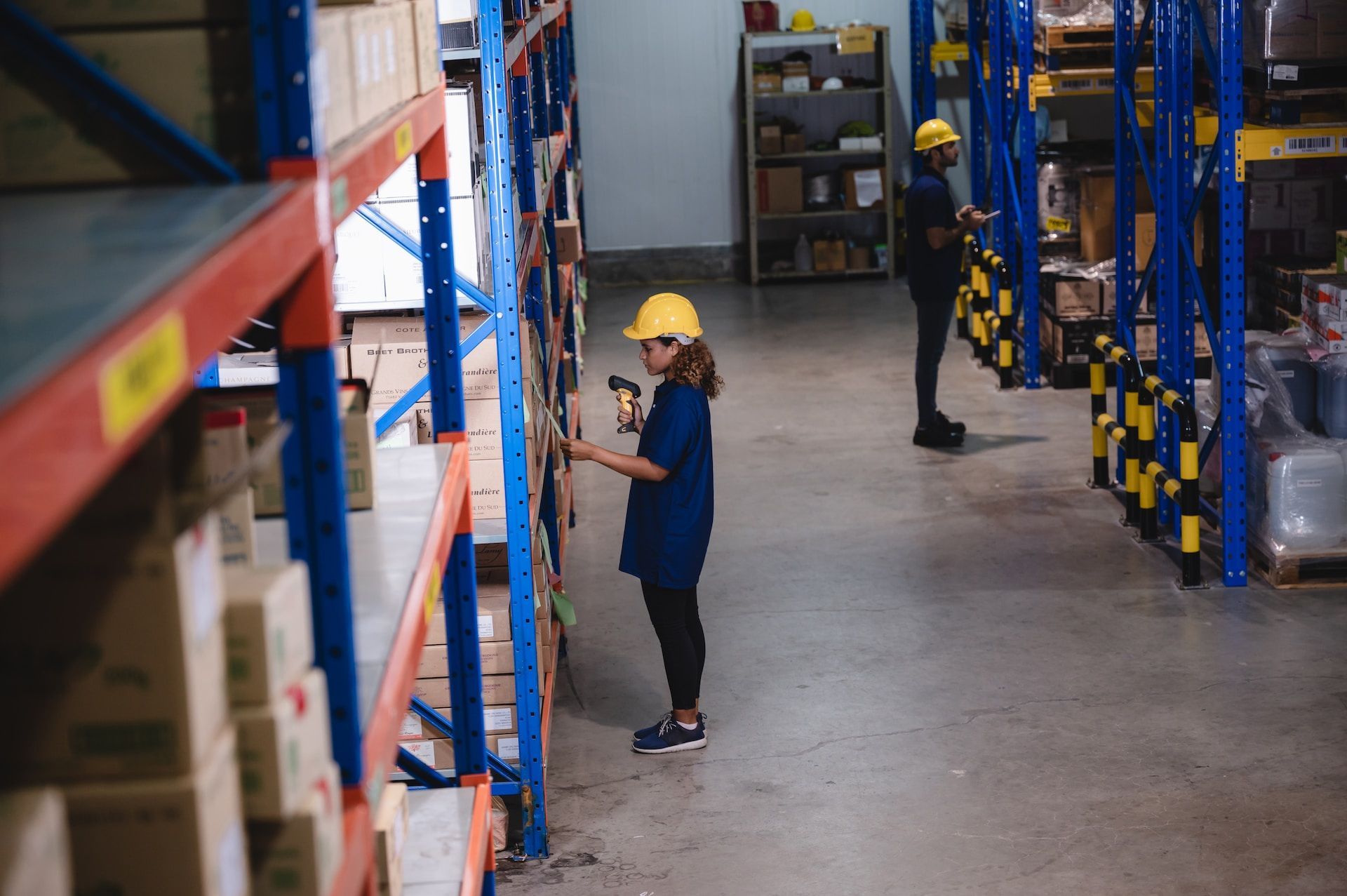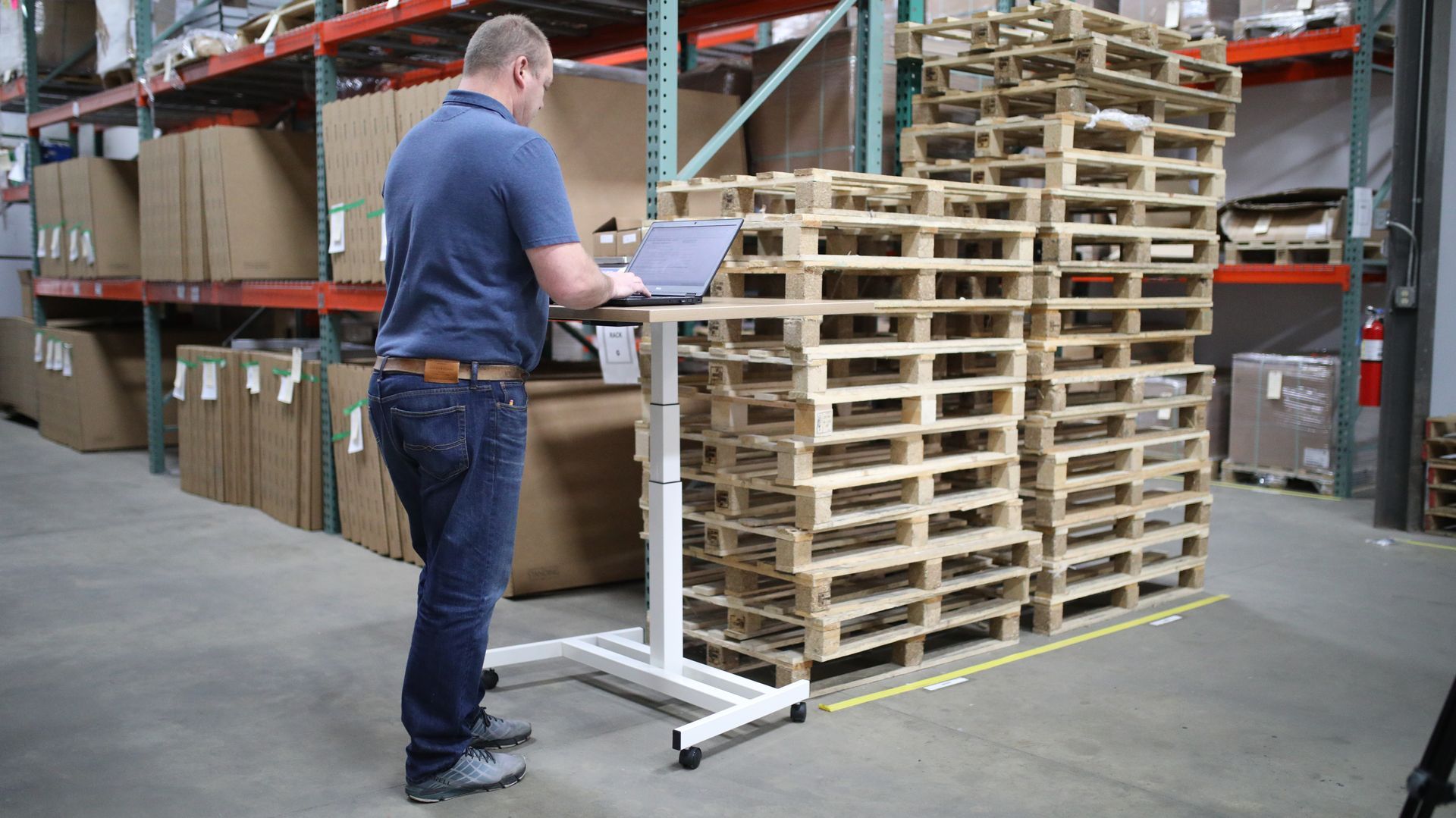Optimizing the Onboarding Process for Temporary Workers in the Warehouse Sector: Tips for Ensuring a Smooth Integration
In the fast-paced warehouse staffing sector, organizations often rely on temporary workers to cater to sudden demand spikes or seasonal fluctuations, as well as address workforce shortages to sustain operational efficiency. A critical aspect of incorporating temporary employees into the existing workforce is optimizing their onboarding process to ensure a smooth and efficient transition. By enhancing the onboarding experience for temporary workers, organizations can support the seamless integration of new hires, minimize operational disruptions, and foster a positive work environment – setting the stage for improved productivity and performance.
In this blog article, we will delve into essential tips for optimizing the onboarding process for temporary workers in the warehouse sector, discussing strategies to enhance integration, employee engagement, and overall performance. Our goal is to provide valuable insights for warehouse managers, HR professionals, and decision-makers, equipping them with the knowledge necessary to implement effective onboarding practices for temporary personnel. By doing so, organizations can truly harness the potential of temporary workers as a strategic resource and bolster their capacity to anticipate and adapt to changing workforce demands.
Pre-Boarding: Preparing for Temporary Worker Arrival
Setting the stage for successful onboarding begins before temporary workers even arrive at your facility. Consider implementing the following pre-boarding strategies:
1. Pre-Arrival Communication: Communicate with temporary workers before their first day, providing information about your organization, their role, and expectations during their tenure.
2. Coordination with Staffing Agency: Collaborate closely with your staffing agency, ensuring on-site orientation and training materials are aligned and ready for temporary worker arrival.
3. Internal Alignment: Inform current employees about incoming temporary workers, emphasizing the importance of their role and the value they bring to your organization.
Orientation and Training: Setting the Foundation for Success
A well-planned orientation and training program is crucial for ensuring temporary workers quickly acclimate to the warehouse environment. Consider these strategies:
1. Comprehensive Orientation: Conduct a comprehensive orientation covering essential topics such as safety, company policies, and business values, fostering a mutual understanding of expectations and goals.
2. Role-Specific Training: Provide in-depth, role-specific training tailored to the temporary worker's job responsibilities, ensuring they have the necessary skills and knowledge to perform effectively.
3. Buddy System: Pair temporary workers with experienced, permanent employees who can serve as mentors, offering guidance and support during their tenure.
Integration and Engagement: Fostering a Supportive Environment
To maximize temporary worker performance, organizations must prioritize their integration and engagement through:
1. Establishing Clear Communication Channels: Designate channels for temporary workers to ask questions, provide feedback, or request assistance, emphasizing the value of open communication and collaboration.
2. Encourage Team Building: Organize team-building activities that involve both permanent and temporary employees, fostering a sense of camaraderie, trust, and inclusivity within the workplace.
3. Regular Check-Ins: Conduct regular check-ins with temporary workers to assess their progress, address concerns, and gather feedback, demonstrating an ongoing commitment to their success.
Evaluation and Continuous Improvement: Learning from Experience
A commitment to continuous improvement is essential for optimizing the onboarding process for temporary workers. Consider the following evaluation and improvement strategies:
1. Post-Tenure Evaluations: Conduct post-tenure evaluations with temporary workers to gain insights into their onboarding experience, identifying areas for potential improvement.
2. Employee Feedback: Gather feedback from permanent employees on their experiences working with temporary workers, exploring opportunities for enhanced integration and collaboration.
3. Continuous Improvement Tracking: Establish a system for tracking improvement initiatives, monitoring progress, and measuring the success of new strategies.
Conclusion
As the warehouse sector continues to evolve, organizations must effectively onboard and integrate temporary workers to maintain operational efficiency and adapt to fluctuating workforce demands. By optimizing the onboarding process for temporary workers through pre-boarding preparation, comprehensive orientation and training, enhanced integration, and continuous improvement efforts, your organization can truly tap into the transformative potential of temporary personnel as a strategic resource. The result? A dynamic, innovative, and adaptable operation primed for growth and long-term success in an increasingly competitive landscape.
Embracing and implementing these strategies demonstrates a dedication to continuous improvement and the successful engagement of temporary workers. In doing so, your organization will create a supportive and inclusive environment, fostering seamless integration and promoting peak performance. Ultimately, optimizing the onboarding process for temporary workers will fuel your organization's adaptability, innovation, and success in the warehouse staffing sector for years to come. Contact Front Line All Temps now, a
staffing agency for warehouse jobs.










